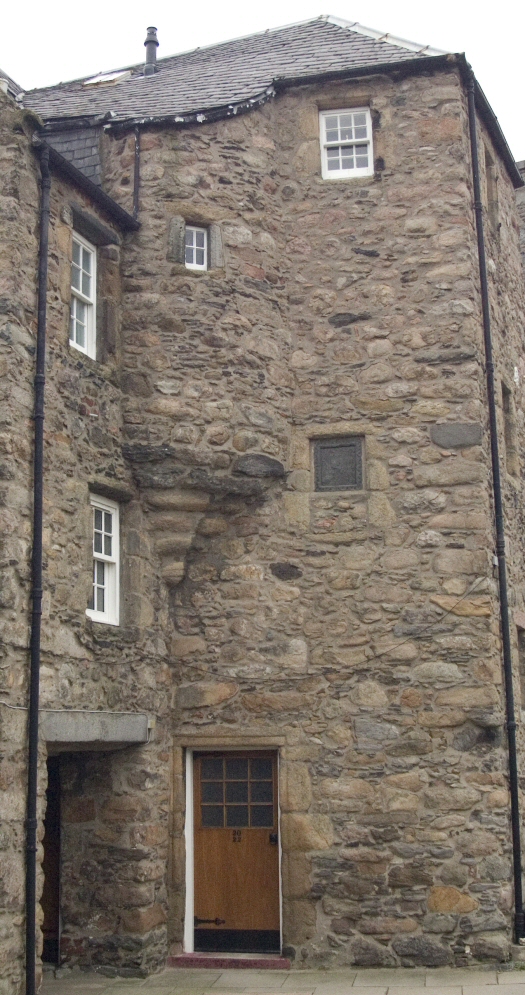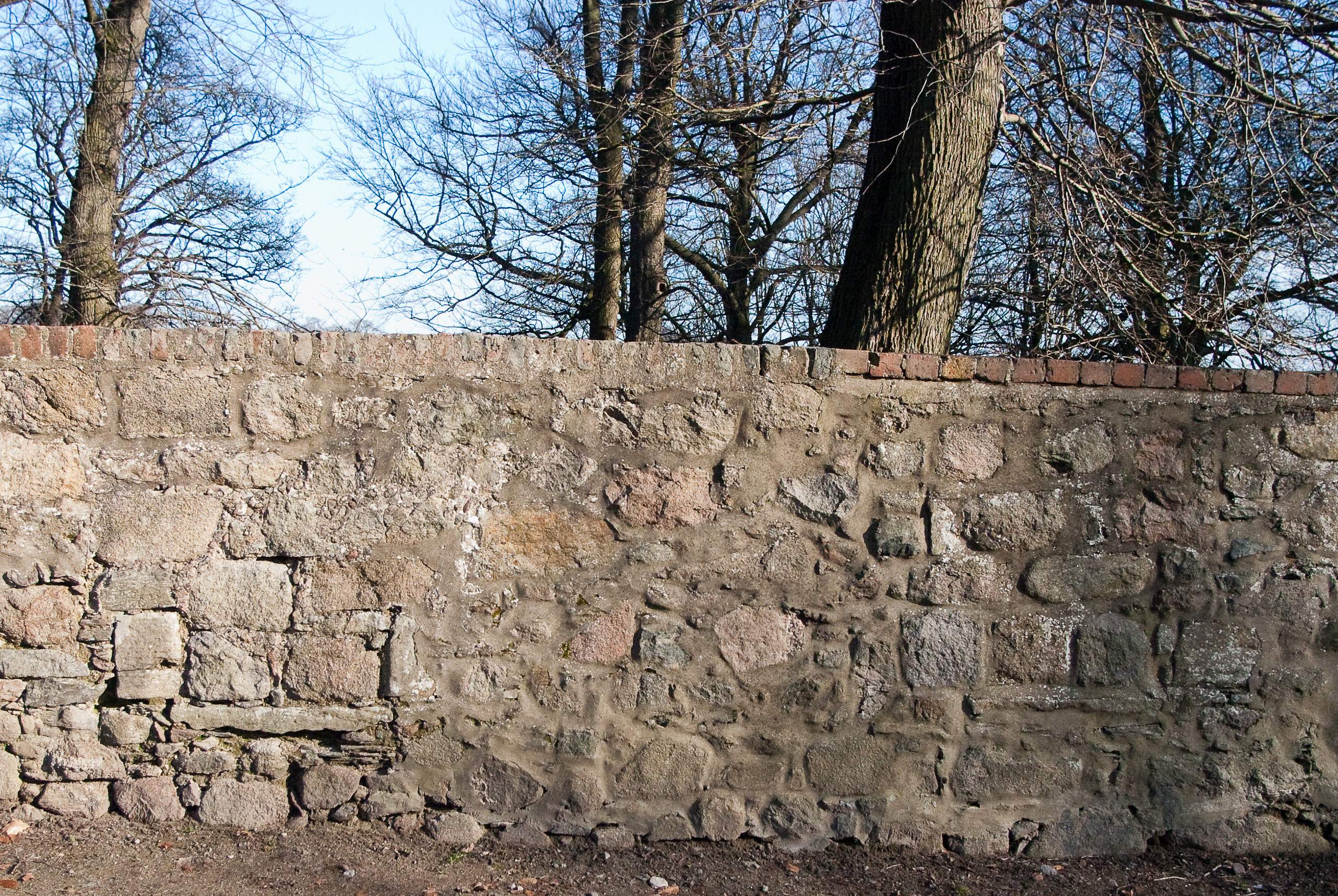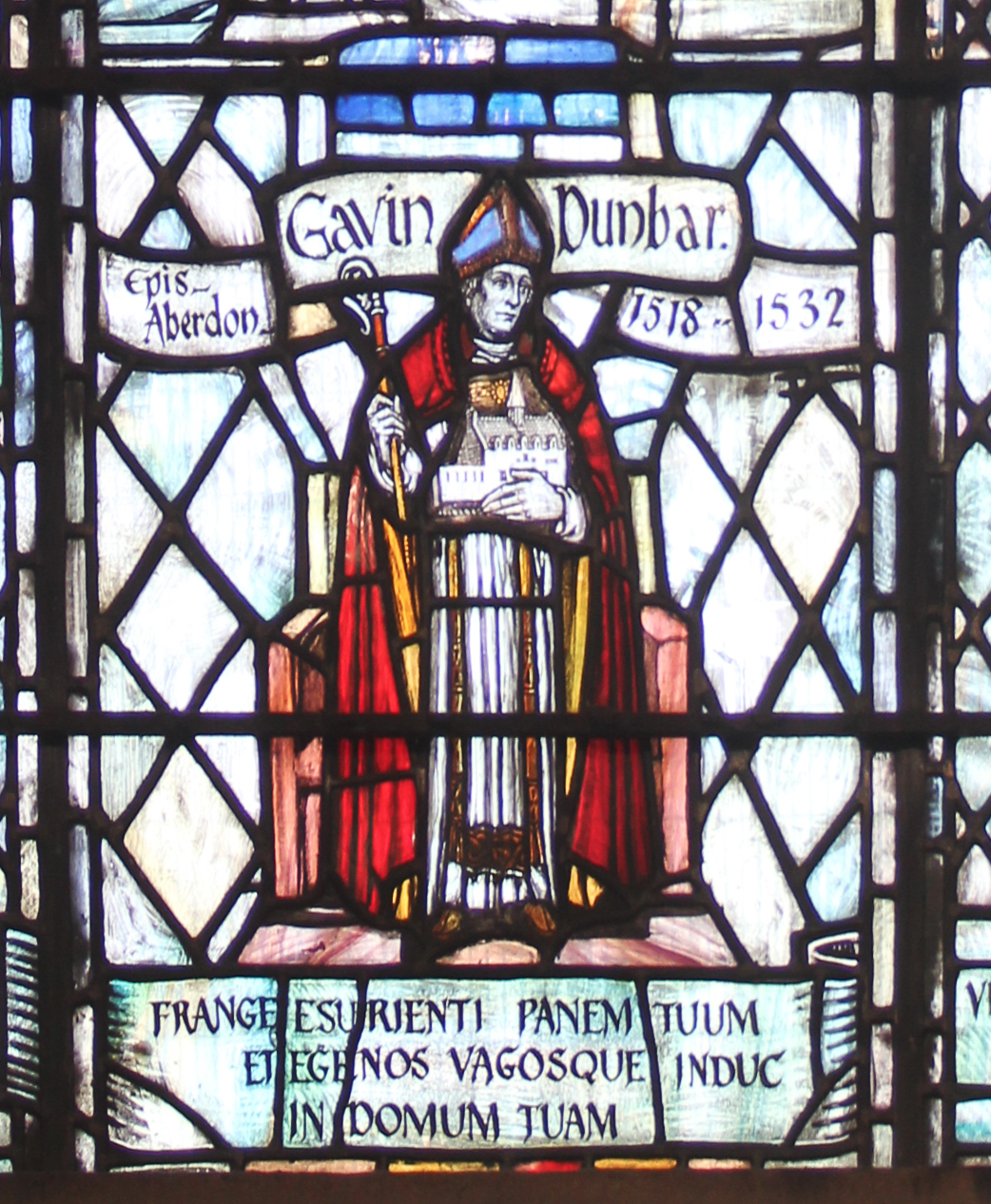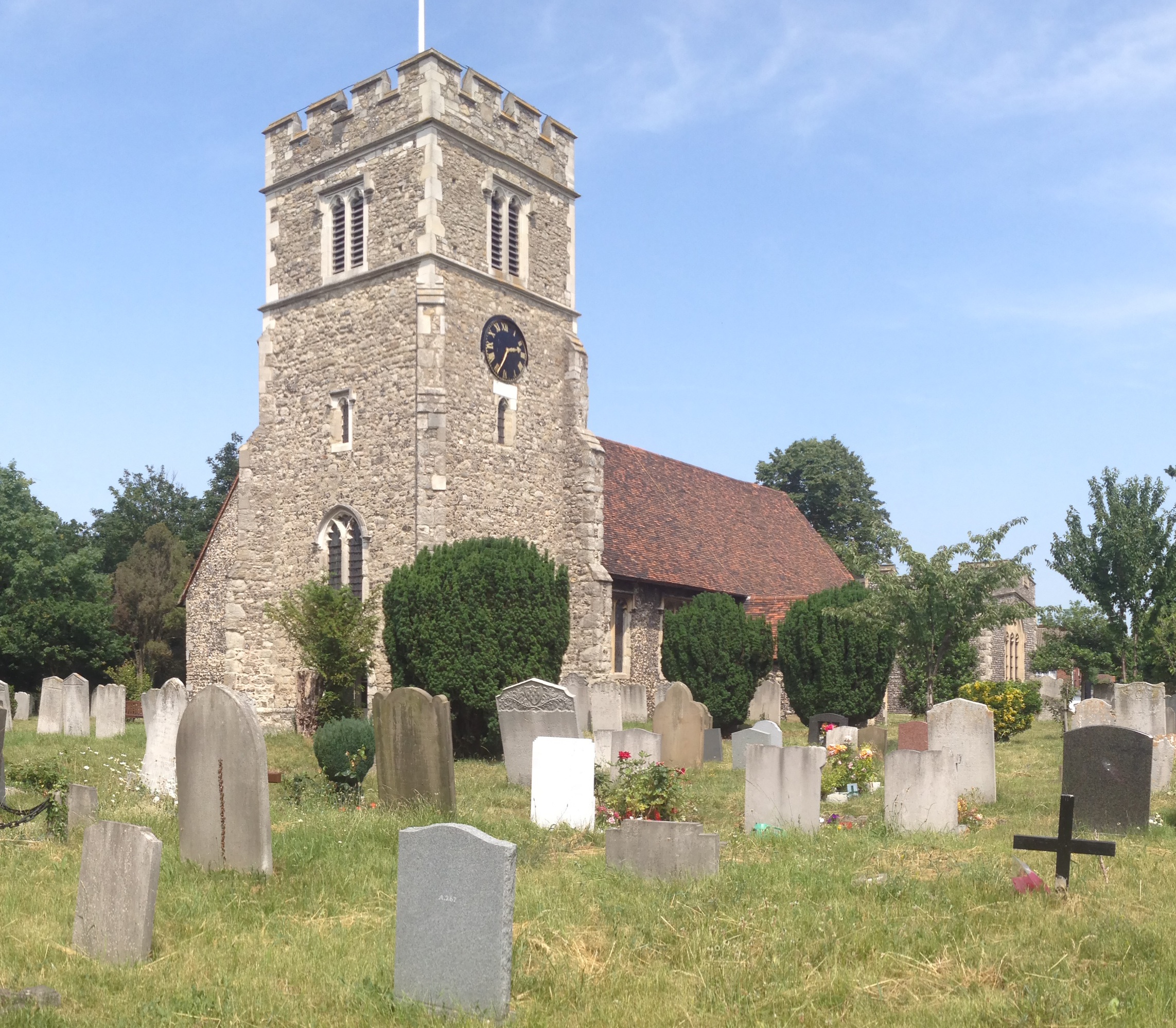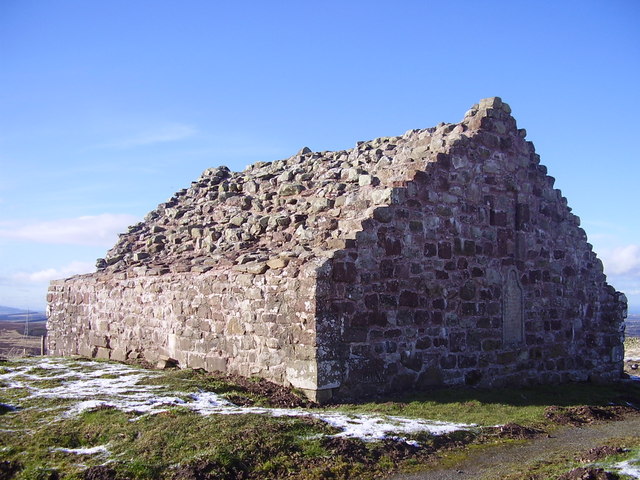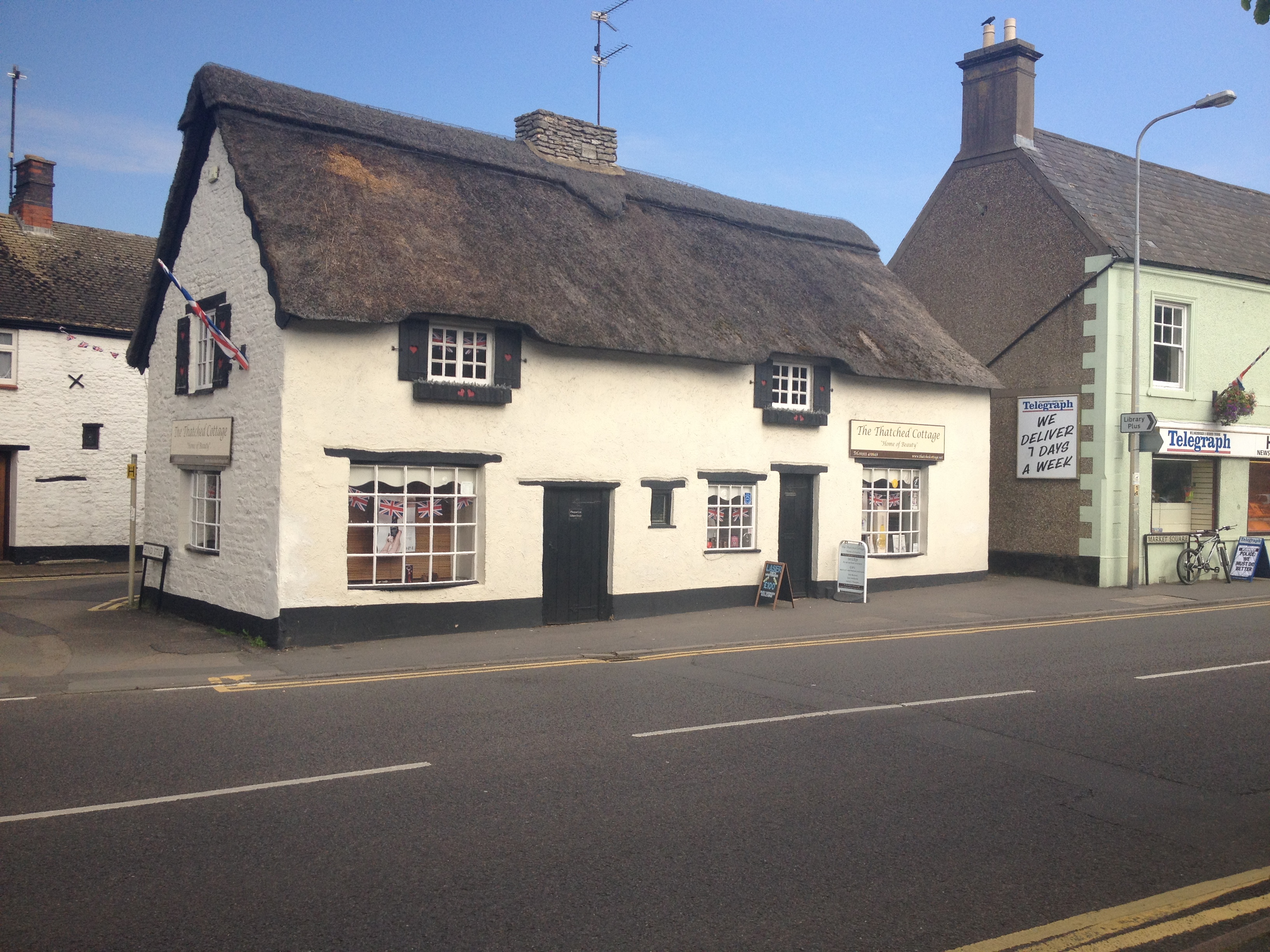|
Bede House, Old Aberdeen
The Bede House in Old Aberdeen, Scotland, is a 17th-century Scottish town house. It was built in 1676 as a residence for Bailie William Logan and his wife Jean Moir of Stoneywood. During the late 18th century, Old Aberdeen Bedesmen moved from their original hospital beside St Machar's Church to the former Logan house in Don Street. In the 19th century the house changed hands. It was first owned by the Burgh of Old Aberdeen, then, by the City of Aberdeen after the merger of the two burghs in 1891. The house was refurbished by the City of Aberdeen Council in 1965. It was divided into two flats or apartments. The flats are now in private ownership. Much of the 17th-century building is in its original form. It is an excellent example of an L-shaped Scottish Town House, built on three floors with an attic. The house is designated as a Category A listed building. History The story of a Bede House in Old Aberdeen starts in 1531 when Bishop Gavin Dunbar of St Machar Cathedral, under ... [...More Info...] [...Related Items...] OR: [Wikipedia] [Google] [Baidu] |
Aberdeen
Aberdeen (; sco, Aiberdeen ; gd, Obar Dheathain ; la, Aberdonia) is a city in North East Scotland, and is the third most populous city in the country. Aberdeen is one of Scotland's 32 local government council areas (as Aberdeen City), and has a population estimate of for the city of Aberdeen, and for the local council area making it the United Kingdom's 39th most populous built-up area. The city is northeast of Edinburgh and north of London, and is the northernmost major city in the United Kingdom. Aberdeen has a long, sandy coastline and features an oceanic climate, with cool summers and mild, rainy winters. During the mid-18th to mid-20th centuries, Aberdeen's buildings incorporated locally quarried grey granite, which may sparkle like silver because of its high mica content. Since the discovery of North Sea oil in 1969, Aberdeen has been known as the offshore oil capital of Europe. Based upon the discovery of prehistoric villages around the mouths of the ... [...More Info...] [...Related Items...] OR: [Wikipedia] [Google] [Baidu] |
Bishop Dunbar's Hospital
Bishop Dunbar's Hospital was founded in 1531 by Bishop Gavin Dunbar, the Elder. The hospital was endowed by a mortification just before his death. Dunbar petitioned the King, James V of Scotland, and the charter, signed on 24 February 1531 records the King’s approval that ‘ unbar shall... ''found an hospital near the cathedral church, but outside the cemetery''...’ It was also known as St Mary's Hospital. In the mortification, Dunbar's charitable purpose is recorded. Bedesmen were supported by a charitable foundation that emerged from the original church control until the twenty-first century. Bedesmen drew their name from the word "bede" - a prayer. The residents of Dunbar's Hospital said prayers in a cycle of Divine Office. The Bede House, Old Aberdeen was used by the Bedesmen from the hospital from 1789 to the end of the nineteenth century. The only remains of the 1531 building can be seen in a perimeter wall for Seaton Park in Old Aberdeen. The last Bedesman died in 198 ... [...More Info...] [...Related Items...] OR: [Wikipedia] [Google] [Baidu] |
Category A Listed Buildings In Aberdeen
Category, plural categories, may refer to: Philosophy and general uses *Categorization, categories in cognitive science, information science and generally *Category of being * ''Categories'' (Aristotle) *Category (Kant) *Categories (Peirce) *Category (Vaisheshika) *Stoic categories *Category mistake Mathematics * Category (mathematics), a structure consisting of objects and arrows * Category (topology), in the context of Baire spaces * Lusternik–Schnirelmann category, sometimes called ''LS-category'' or simply ''category'' * Categorical data, in statistics Linguistics *Lexical category, a part of speech such as ''noun'', ''preposition'', etc. *Syntactic category, a similar concept which can also include phrasal categories * Grammatical category, a grammatical feature such as ''tense'', ''gender'', etc. Other * Category (chess tournament) * Objective-C categories, a computer programming concept * Pregnancy category * Prisoner security categories in the United Kingdom * ... [...More Info...] [...Related Items...] OR: [Wikipedia] [Google] [Baidu] |
Hospitals In Medieval Scotland
Hospitals in medieval Scotland can be dated back to the 12th century. From c. 1144 to about 1650 many hospitals, bedehouses and ''maisons Dieu'' were built in Scotland. There are many terms that apply to, or describe a ''hospital''. The origin of the English term, "hospital", is probably from the French or Latin. English and European terms for hospital appear to have a common root. "Hospital" – from the Latin – "a place of rest for guests". Other terms are recognized. Almshouse; bede house; chantry; God's house; infirmary; spital; ''Domus hopitalis Sancti Spiritus'' (Latin); ''Gasthuis'' (German); Godshuis (Dut) ; Hôpital (Fr) ; ''Hôtel-Dieu'' (French); ''Krankenhaus'' (German); ''Maison dieu'' (French); ''ospedale'' (Italian); ''Sjukhus'' (Swedish); xenodochium (Greek). Records provide evidence of more than 180 hospitals in Scotland. The term "spit(t)al" or "temple/templar" may also indicate land endowed by churches or monasteries as well as sites associated with the Kn ... [...More Info...] [...Related Items...] OR: [Wikipedia] [Google] [Baidu] |
Chantry
A chantry is an ecclesiastical term that may have either of two related meanings: # a chantry service, a Christian liturgy of prayers for the dead, which historically was an obiit, or # a chantry chapel, a building on private land, or an area in a parish church or cathedral reserved for the performance of the "chantry duties". In the Medieval Era through to the Age of Enlightenment it was commonly believed such liturgies might help atone for misdeeds and assist the soul to obtain eternal peace. Etymology The word "chantry" derives from Old French ''chanter'' and from the Latin ''cantare'' (to sing). Its medieval derivative ''cantaria'' means "licence to sing mass". The French term for this commemorative institution is ''chapellenie'' (chaplaincy). Overview Liturgy for the dead Firstly, a chantry could mean the prayers and liturgy in the Christian church for the benefit of the dead, as part of the search for atonement for sins committed during their lives. It might include the ... [...More Info...] [...Related Items...] OR: [Wikipedia] [Google] [Baidu] |
Mitchell's Hospital Old Aberdeen
Mitchell's Hospital, Old Aberdeen, in Old Aberdeen, Scotland, was founded by the philanthropist David Mitchell in 1801 as follows: ''" .. from a regard for the inhabitants of the city of Old Aberdeen and its ancient college and a desire in these severe times to provide lodging, maintenance and clothing for a few aged relicks and maiden daughters of decayed gentlemen merchants or trade burgesses of the said city.. "''. See the text of the 1801 Mortification or the conditions of the endowment. The Hospital is owned and managed by the University of Aberdeen, Aberdeen City Council and the Cathedral Church of St Machar in Old Aberdeen. The origins of the Hospital are due to various attempts by the Incorporated Trades and Merchants in Old Aberdeen to provide a "care home" for their elderly and infirm members and their "relicks". From 1801 until the beginning of the twentieth century, the hospital served as a refuge for "relicks" of Old Aberdeen Trade Burgesses. Mitchell's mortificat ... [...More Info...] [...Related Items...] OR: [Wikipedia] [Google] [Baidu] |
Kincardine O'Neil Hospital, Aberdeenshire
Kincardine O'Neil Hospital was founded in the 13th century in the village of Kincardine O'Neil in Scotland. Almost certainly it served as a traveler's inn and as a hospice for elderly and "poor" men. The hospital was situated adjacent to a bridge over the River Dee and may have been a chantry for the early Bishops of Mortlach (See Bishop of Aberdeen). Remains of a building can be seen abutted to the Auld Parish Church in Kincardine O'Neil. This building may have been a later or second hospital. It is also possible that these ruins may have been part of St Erchard's Church - a.k.a. St Marys' or the Auld Kirk. History There is no certainty with regard to the Hospital or its location. The first reference to a hospital being built comes from the 1233 Charter by Alan the Durward. Confirmatory evidence can be found in 1296 in the Second Ragman Roll. On 28 August 1296 " …Wautier master of the hospital of Kincardine ou Neel …" signed the Roll at Berwick on Tweed. Two possible ... [...More Info...] [...Related Items...] OR: [Wikipedia] [Google] [Baidu] |
Soutra Aisle
Soutra Aisle, (the present structure lies just within the boundary of the Scottish Borders from Midlothian) not far from Fala, is the remains of the ''House of the Holy Trinity'', a church that was part of a complex comprising a hospital and a friary. It lies half a mile along the B6368 from its junction with the A68. History The complex was founded by Malcolm IV in 1164, when he granted it the lands of Brotherstanes up to and including the lands of Lyndean.Huner, James, FSA (Scot)., ''Fala and Soutra, including a History of the Ancient "Domus de Soltre"'', Edinburgh, 1892: 31-2 It was built close to the Via Regia, the main route from the North to the Borders Abbeys; it was known as the House of the Holy Trinity and was run by an Augustinian Order. The Great Seal of Scotland mentions Thomas Lauder (later Bishop of Dunkeld) as Master of the Hospital of Soutra on 26 February 1439 (no. 226) and 20 May 1444 (no. 298). A Supplication to Rome dated 7 October 1444 states that he "h ... [...More Info...] [...Related Items...] OR: [Wikipedia] [Google] [Baidu] |
Beadsman
Bedesman, or beadsman (Med. Eng. ''bede'', prayer, from O. Eng. ''biddan'', to pray; literally "a man of prayer"; and from Anglo Saxon "bed"), was generally a pensioner or almsman whose duty was to pray for his benefactor. Function A Bedesman (or Bedeswoman) in Medieval times worked in this Christian occupation attached to the crown and churches in Scotland and England. In general, the task was to pray for souls listed on a bede-roll (''pictured'') represented by small items on a string called "bedes" (i.e. "prayers"). Souls who wished to be prayed for, secured their listing by giving alms, donations, or gifts. if a departed soul was a member of a guild the Chaplain would add them to the roll for prayer post-mortem. In the 12th and 13th centuries, the use of little perforated globes of bone, wood, or amber, threaded on a string, came into fashion for the purpose of counting the repetitions of the Our Father or Hail Mary. These objects themselves became known as bedes, later bec ... [...More Info...] [...Related Items...] OR: [Wikipedia] [Google] [Baidu] |
Higham Ferrers
Higham Ferrers is a market town and civil parish in the Nene Valley in North Northamptonshire, England, close to the Cambridgeshire and Bedfordshire borders. It forms a single built-up area with Rushden to the south and has an estimated population of 8,083. The town centre contains many historic buildings around the Market Square and College Street. History The town's name means 'High homestead/village'. The Ferrers family are mentioned in connection with the town in 1166. The hundred is named after Higham Ferrers, but the site of the meeting-place is unknown. The first Charter of 1251 was due to the Lord of the Manor, William de Ferrers, who created the Borough in order to promote a prosperous community at the gates of his castle, where people had begun to settle in numbers and to trade in the ancient market. Henry Chichele (c. 1364 – 12 April 1443) was born in Higham Ferrers. He was Archbishop of Canterbury and founded All Souls College, Oxford. In 1422 Higham Ferrers ... [...More Info...] [...Related Items...] OR: [Wikipedia] [Google] [Baidu] |
Bedesmen
Bedesman, or beadsman (Med. Eng. ''bede'', prayer, from O. Eng. ''biddan'', to pray; literally "a man of prayer"; and from Anglo Saxon "bed"), was generally a pensioner or almsman whose duty was to pray for his benefactor. Function A Bedesman (or Bedeswoman) in Medieval times worked in this Christian occupation attached to the crown and churches in Scotland and England. In general, the task was to pray for souls listed on a bede-roll (''pictured'') represented by small items on a string called "bedes" (i.e. "prayers"). Souls who wished to be prayed for, secured their listing by giving alms, donations, or gifts. if a departed soul was a member of a guild the Chaplain would add them to the roll for prayer post-mortem. In the 12th and 13th centuries, the use of little perforated globes of bone, wood, or amber, threaded on a string, came into fashion for the purpose of counting the repetitions of the Our Father or Hail Mary. These objects themselves became known as bedes, later beco ... [...More Info...] [...Related Items...] OR: [Wikipedia] [Google] [Baidu] |
Dunbar Hospital Spalding Vol 2 Wiki
Dunbar () is a town on the North Sea coast in East Lothian in the south-east of Scotland, approximately east of Edinburgh and from the English border north of Berwick-upon-Tweed. Dunbar is a former royal burgh, and gave its name to an ecclesiastical and civil parish. The parish extends around east to west and is deep at its greatest extent, or , and contains the villages of West Barns, Belhaven, and East Barns (abandoned) and several hamlets and farms. The town is served by Dunbar railway station with links to Edinburgh and the rest of Scotland, as well as London and stations along the north-east England corridor. Dunbar has a harbour dating from 1574 and is home to the Dunbar Lifeboat Station, the second-oldest RNLI station in Scotland. Dunbar is the birthplace of the explorer, naturalist, and influential conservationist John Muir. The house in which Muir was born is located on the High Street, and has been converted into a museum. There is also a commemorative sta ... [...More Info...] [...Related Items...] OR: [Wikipedia] [Google] [Baidu] |
